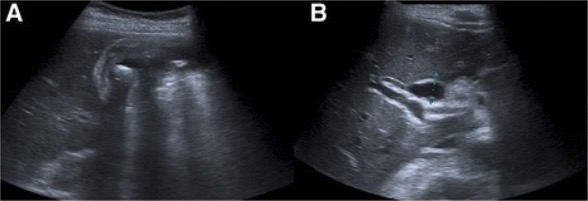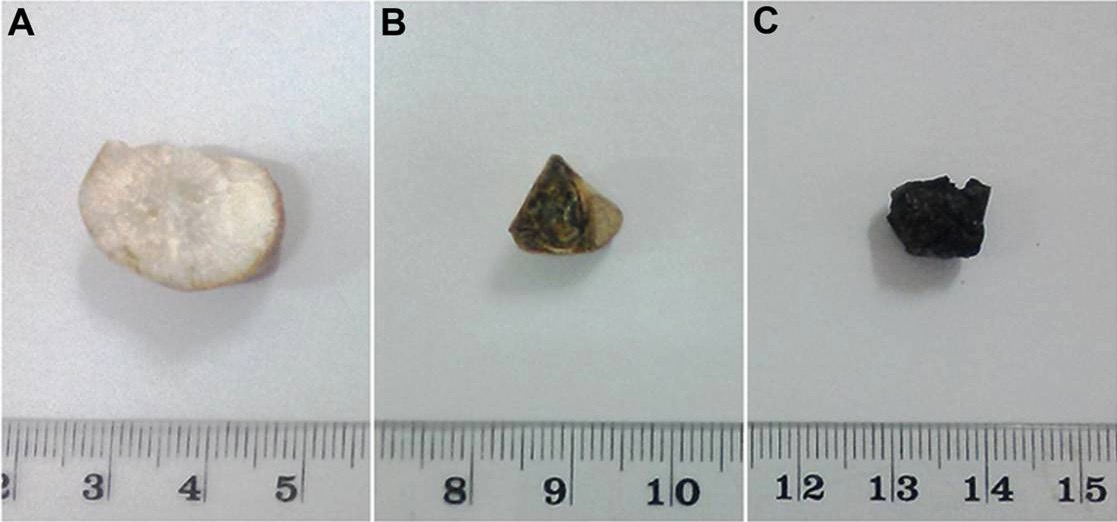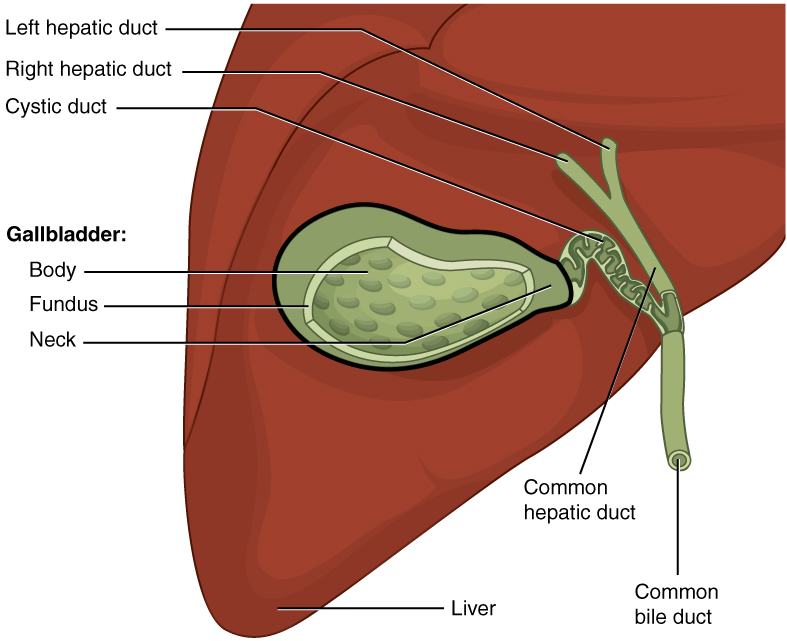Playlist
Show Playlist
Hide Playlist
Biliary Disease
-
Slides Pancreas and Biliary Tract.pdf
-
Download Lecture Overview
00:01 Biliary disease. The way that I want you to approach biliary disease is the same manner in which we approached diverticular disease, which was what? A story, okay? So biliary disease. We’ll begin with the gallbladder. 00:14 It obviously accumulates and concentrates the bile with a synthesis of it beginning in the liver with the help of cholesterol. 00:20 Do not forget that with bile production, as you move from a hepatocyte to hepatocyte to hepatocyte to hepatocyte, it will travel through your canaliculi. The bile responses to hormonal stimulation during meals -- tell me what kind of meal, what kind of hormone therefore bring in the bile? It is a lipid meal causing stimulation of CCK. 00:42 Therefore, causing contraction of your gallbladder and extra-hepatic biliary tree. 00:49 At this point, when the bile has been synthesized in the liver it will move from your zone 1, a bile duct. 00:57 It will come out into the gallbladder and, at that time of contraction, with the help of CCK, the bile will then come out through the bile duct and it will pass through the sphincter of Oddi, which then relaxes, allows for the bile to then get into the intestine. 01:15 Responsible for what? Emulsification. 01:18 Can I ask you a question? What if you had a stone? We’ll get into that and the pain will be called postprandial type of right upper quadrant pain when the time is right. 01:29 A couple of things that I wish to point out to you here. 01:32 A schematic of the biliary tree of the gallbladder, I want you to focus upon the cystic duct. You see it? That cystic duct is incredibly proximal to the head of the gallbladder. 01:49 Because if you have a stone there, its presentation will be completely different from a stone. 01:54 Next, I want you to locate the common bile duct. 01:57 You see it? Right underneath the cystic duct. 01:59 It might take a second. Make sure that you’re clear and you’ve identified it. Good. 02:04 What we’ll do, I told you I want you to approach biliary disease as a story. We’re going to first develop a stone in the gallbladder. At some point, maybe the stone gets stuck in the cystic duct. 02:18 Every time the gallbladder was to contract, it’s obstructed. 02:23 So what do you think the wall of the gallbladder is going to do? Oh, it’s going to inflame. 02:29 This is called -- diagnosis, please? Cholecystitis. 02:33 How often do you find this in the U.S.? How about if you’re a general surgeon, which some of you will go on to become. You’re going to be doing this quite a bit. 02:42 A cholecystectomy. 02:44 You have an obese patient and there’s a history in which upon consumption of fatty meal, “Aw, I have pain in the right upper quadrant.” These will be indications of a cholecystitis, perhaps. 02:58 We’ll talk further. Or you could have the stone that comes on the common bile duct and another structure that I want you to identify here would be the pancreatic duct and I told you earlier that you could have a stone that travels down into the common bile duct, which also occludes a pancreatic duct, backs up into the pancreas and causes damage. Let’s continue.
About the Lecture
The lecture Biliary Disease by Carlo Raj, MD is from the course Pancreatic and Biliary Tract Diseases: Basic Principles with Carlo Raj.
Included Quiz Questions
Which hormone mediates the release of bile by causing gallbladder contraction when a person has a lipid meal?
- Cholecystokinin
- Chymotrypsin
- Pepsin
- Glucagon
- Trypsin
Where can a gallbladder stone get obstructed? Select all that apply
- Cystic duct
- Common hepatic duct
- Right hepatic duct
- Common bile duct
- Duodenal duct
What word BEST describes the process by which gallstones are formed?
- Supersaturation
- Emulsification
- Lamellation
- Crystallization
- Saponification
Customer reviews
5,0 of 5 stars
| 5 Stars |
|
1 |
| 4 Stars |
|
0 |
| 3 Stars |
|
0 |
| 2 Stars |
|
0 |
| 1 Star |
|
0 |
I'd recommend to watch from here. You could also start with pancreas. But, I think this might be a better step 1 for me.







